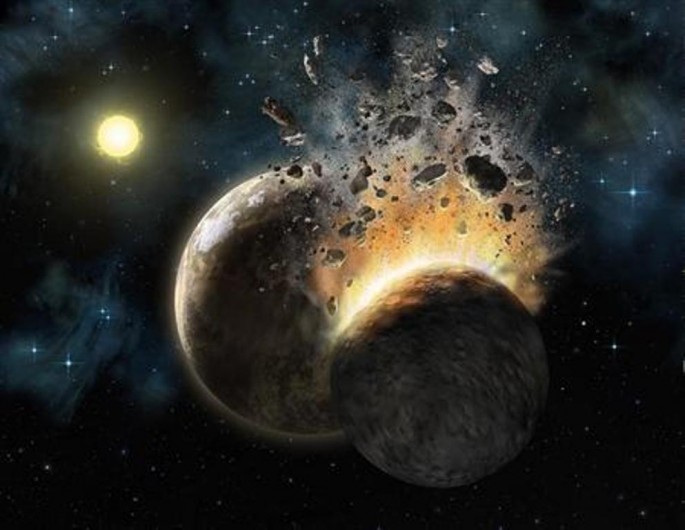Chinese astronomers have provided a new explanation for star formation after they discovered newborn stars emerging in clusters as they adopt interstellar gases.
According to the Global Times, astronomers have long held the belief that clusters could only form stars in bulk at once in the first millions of years of their existence.
However, the latest discoveries of multiple star populations at different ages in clusters have caused astronomers to have reservations on the traditional principle of star formation.
A research team under the leadership of Deng Licai, an astronomer at the National Astronomical Observatories of the Chinese Academy of Science (CAS), examined data collected by the Hubble Space telescope for one year, in an attempt to solve the puzzle on star birth.
For the first time in many years, their study has helped discover young populations of stars in clusters developed from star-forming gas moving in from outside the cluster by themselves. The finding contravenes the conventional notion of the clusters' initial stars shedding gas as they grow old to form the next generation of stars.
Deng said, "The young stellar populations, which originated from gas external to the clusters, are like the adopted children of the clusters."
Their research was published in the online edition of top science journal Nature on Thursday, Jan. 28.
Meanwhile, The Independent reported that a giant cloud of gas flowing toward the Milky Way could form two million new stars when it eventually collides with our galaxy.
The finding followed astronomers managing to establish the chemical composition of the Smith Cloud, an enormous cloud of gas that is approaching the edge of the Milky Way at a speed of approximately 193 miles per second.
The Smith Cloud has been under study since its discovery in 1963, although its origins and chemical composition were still a mystery. Some scientists believe that the cloud could be a starless galaxy or a mere giant body of gas, falling in to the Milky Way from intergalactic space.



























